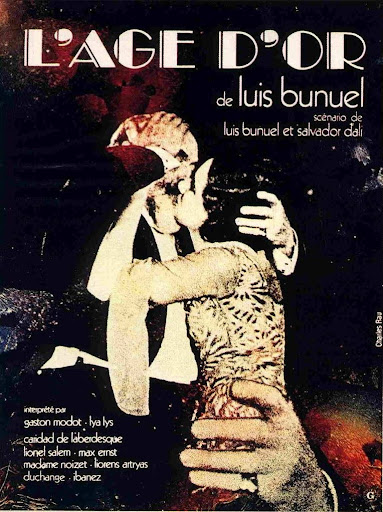
After L'âge d'or Buñuel kicked Dali to the curb. Good for Don Luis. I never liked Dali either. Oh, and though this is not one of my favorite Buñuel films, from a historical perspective we at ForTheDishwasher have an obligation to post it due to its historical contextuality and historical-ness. (Inside joke. Very inside...). Enjoy!
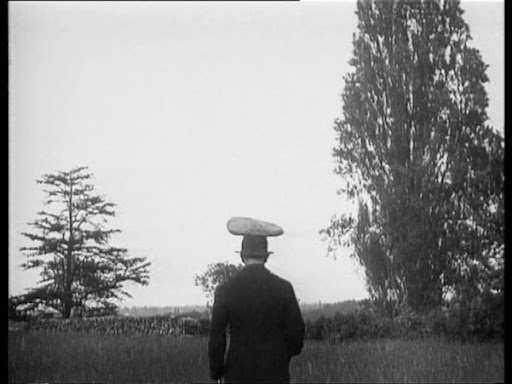
From Donald Levin at ReelTalk:
Personalities Luis Buñuel and Salvador Dalí got through Un Chien andalou but soon quarreled and split forever while making L’Âge d’or, the former’s first feature. The painter’s name, however, was left on as co-scriptwriter even though many of the actors went uncredited (and some film historians have bitten on an also unlisted Marquis de Sade “novel”).
Its ironic title hardly ever given in translation (Age of Gold), the hour-long work was, like the earlier twenty-four-minute short, financed by the Vicomte de Noailles, surrealist in execution, shocking in intention, and anti-Establishment, -clerical and –middle class morality. Decades afterwards, the director was to disavow shock tactics “as a negative action . . . after the Nazi mass murders and atomic bombs dropped on Japan,” though hip college and art-house audiences continue to applaud.
Buñuel’s three-pronged attack hit home in 1930, drew the ire and rioting presence of Young Catholics, the Patriot League, the Anti-Jewish (antijuive) League and right-wing press, and following a lone public showing French censors banned the film completely until well after mid-century. Less an intellectuals’ favorite today, less often screened, than Chien and later, equally iconoclastic but more traditional storyline classics -- Nazarin, Viridiana, The Exterminating Angel, Diary of a Chambermaid, Belle de Jour, Tristana, The Discreet Charm of the Bourgeoisie, That Obscure Object of Desire -- L’Âge d’or offers scenes, themes and techniques that are to appear throughout the body of work. It’s illustrative that the single current screening is the next-to-last one of the Film Society of Lincoln Center’s twenty-one-film tribute to foreign, restored classics and independent distributor Kino International on its thirtieth birthday.
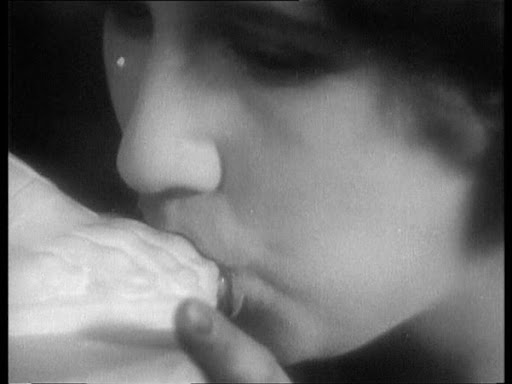
Images within the 1928 short, most celebrated in the eyeball razoring and ravenous ants, are unrelated, only subconsciously explicable if at all, and targeted at the emotions. More mordantly humorous but less outrageous in imagery and non-sequiturs, L’Âge d’or does exhibit its share of the incongruous or dangling, but nevertheless there is connective tissue. This thread is not the opening band of a half-dozen unromanticized crippled bandits (headed by Dada-Surrealist Max Ernst) who one by one fall asleep on their armed scramble over rocks to where four mitred, robed, crosiered Majorcan bishops sit overlooking the sea so long they become skeletons. But the thread is introduced in the boatloads of officers, top-hatted mustachioed politicians, men in suits and their ladies, who come to dedicate a monument to the four martyrs. The dedicatory speech is interrupted when a well-dressed couple among them begin to make noisy love on the beach, are separated, and the man (Gaston Modot) cuffed and led away after he kicks a lapdog.
Switch to Rome, intertitled “ancient mistress of the pagan world now guardian of the Christian world.” Tourist areas, cafés, “assorted picturesque views of the city,” Saint Peter’s, the Pope, and, in his soiled suit, the lover from the beach trundled along the streets by his guards as the girl from the beach (Lya Lys) sulks in the luxury of her father, the Marquis of X’s (Germaine Noizet), mansion.
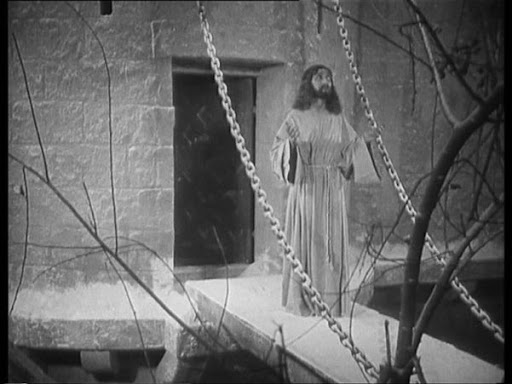
Producing a diploma entrusting him with a mission of “noble good will” for the Fatherland, the man shoves a blind man to enter a taxi and shows up at the Marquis’s elegant party. Dressed to the nines, stuffed shirts and empty gowns, among them the girl’s roughly treated mother, unwittingly keep the lovebirds apart, so they sneak off to solitude and consummation in the manicured gardens. Their own hesitations, however, get in the way, along with unlucky intrusions such as that of the elderly orchestra conductor (Duchange) whom she then kisses passionately, so the woman is left sucking the sandaled toes of a Greek statue while the man angrily throws from her bedroom window a plow, stuffed giraffe, tree and live churchman (Marval).
Somewhere along the way, a government minister telephones to accuse the man of having caused an inconvenient massacre of women and children, overstepping his commission, and occasioning a scandal which will lead that minister to bizarre shoeless suicide on the ceiling. With no logical link, three noblemen and a Jesus figure abuse and kill a young woman in a cliffside castle, snow falls on a wooden cross, and Buñuel’s crusade ends.
Subsequently hailed as a masterpiece and the purest expression of its creator’s wry misanthropy, L’Âge d’or is cited as a play on natural, that is to say sexual, instincts perverted every step of the way by religion, state, police, society, fate. Perhaps, although the hapless couple are unlikable, too, and, in any case, the no longer shocking film is today more interesting as a contact sheet of what was to come.
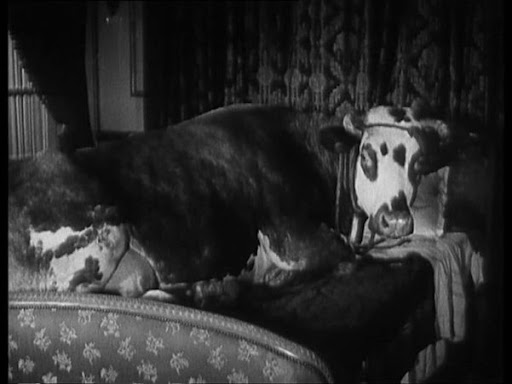
Technical Information:
Title: L'âge d'or/The Golden Age
Year: 1930
Country: France
Director: Luis Buñuel
Source: DVD5 Retail
DVD Format: PAL
Container: .iso + mds
Size: 4.12 GB
Length: 1:02:21
Programs used: DVD Decrypter
Resolution: 720x576
Aspect Ratio: 1.20:1
Video: MPEG2 @ ~5800 kb/s
Frame Rate: 25 fps
Audio 1: French- Dolby AC3 Mono @ 192 kb/s
Audio 2: English Commentary- Dolby AC3 Stereo @ 192 kb/s
Subtitles: English
Menu: Yes
Video: Untouched
DVD Extras: Commentary by Robert Short
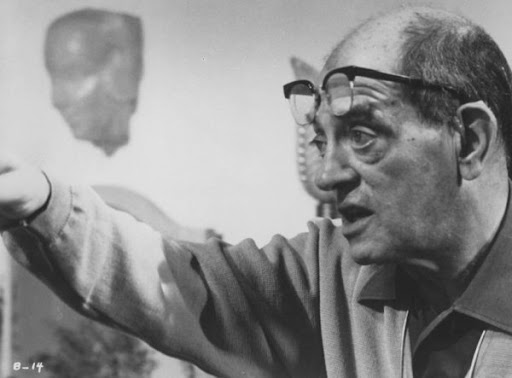
(Use JDownloader to automate downloading)
L'âge d'or Megaupload Links


